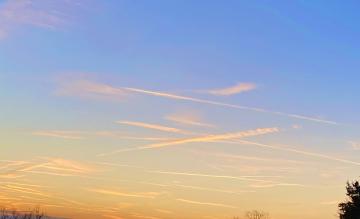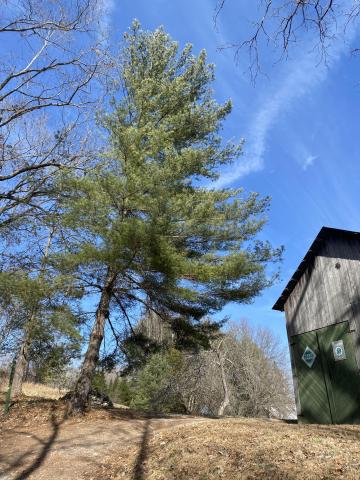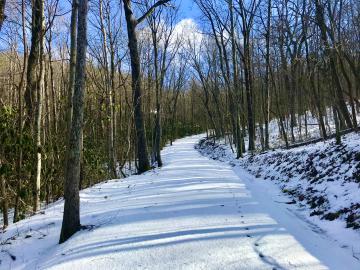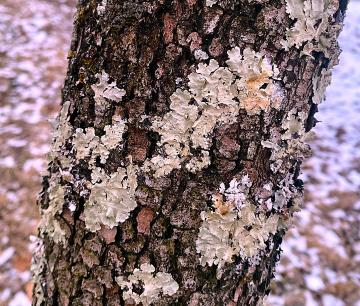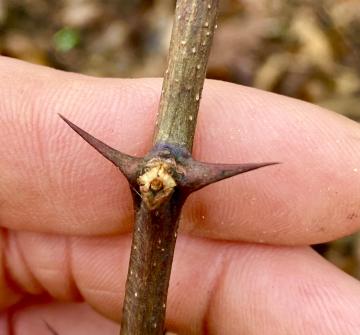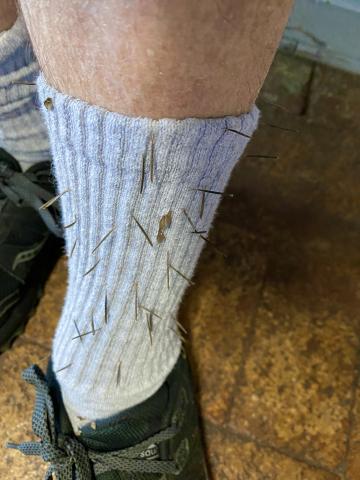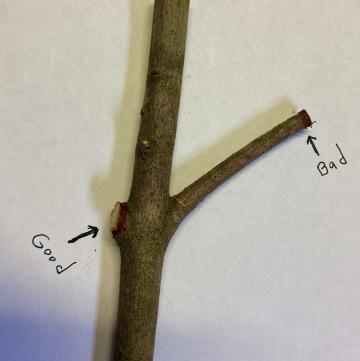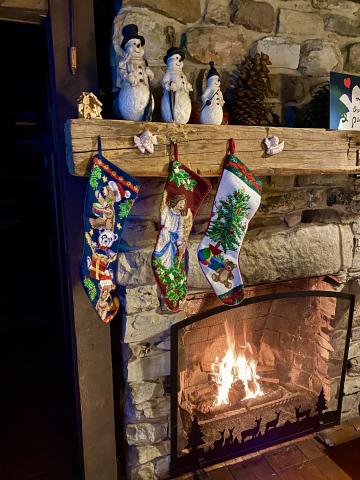The Curiosity of Contrails
If you look up on a clear day you will likely see man-made clouds somewhere in the sky, trailing behind jet aircraft high up in the atmosphere. Contrails, short for condensation trails, are formed from the water vapor in aircraft exhaust as a byproduct of fuel combustion. Natural clouds form the same process of water vapor condensing in cool air as it rises, so technically contrails are clouds, just from an unnatural source.
- Read more about The Curiosity of Contrails
- Log in to post comments
